Modelling Heat and Mass Transfer in Freezing Porous Media
Heat and mass transfer in porous media under phase transition conditions has a great scientific and practical interest in solving of engineering and technical problems. Many industrial processes require the study of mathematical models for the development of both the technologies based on the phase transitions in porous media and experimental devices for the study of these processes. The main goal of the book is sequential and systematical consideration from unified view point the heat and mass transfer processes occurring in heterogeneous porous media (soil-water-ice) under phase transition conditions. New solutions and also analytical and numerical models are provided for the analysis of the freezing (thawing) processes in the soils, which are arisen in various regions such as Canada, The United States and North-East Asia. For multiphase media, the system of differential equations with allowance of phase transition kinetics is derived. In contrast to the most studies, considering a two-zone model for the solution (classical approach), we suppose the existence of a region of intensive phase transitions – freezing or kinetic zone, which is characterized by non-instantaneous kinetics of crystallization. As a new and important result, the criterion for freezing zone formation as a function of soil properties and freezing conditions is derived. The book also includes the new experimental method and results relating to determination of the important characteristic for the kinetic model – time of the water crystallization in freezing porous media. A new approach for the modeling the secondary frost heave is proposed and described in detail. The new results, concerning with frost heave distribution and its rate, are presented. On the basis of perturbation method in a two-dimensional coupled heat and mass transfer model, for the first time, the analytical criteria in dimensionless form for the both dynamic and morphological instability are derived. Employing Fourier synthesis, an actual front shape evolution is calculated. In this way the new physical results are obtained. All results of modeling represented in book have an appropriate mathematical justification, are illustrated by comparison with appropriate experimental data and, where it is possible, with calculation results of other authors. The models and results presented in this book can be used for the prediction of the main engineering characteristics for the practical problems.(Imprint: Nova)
{{comment.content}}
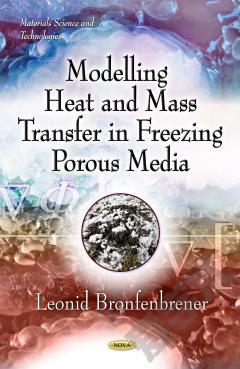
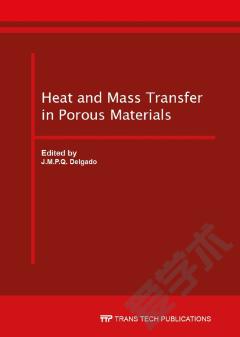
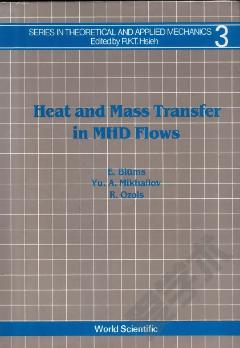
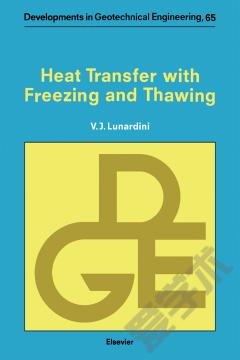

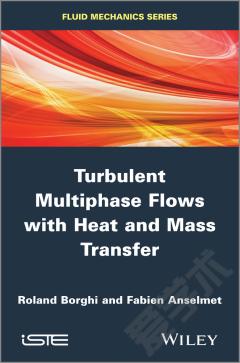
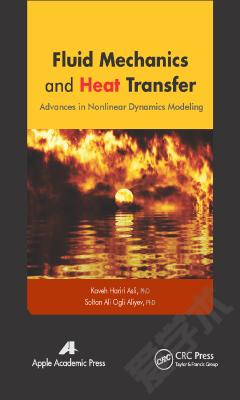

 京公网安备 11010802027623号
京公网安备 11010802027623号